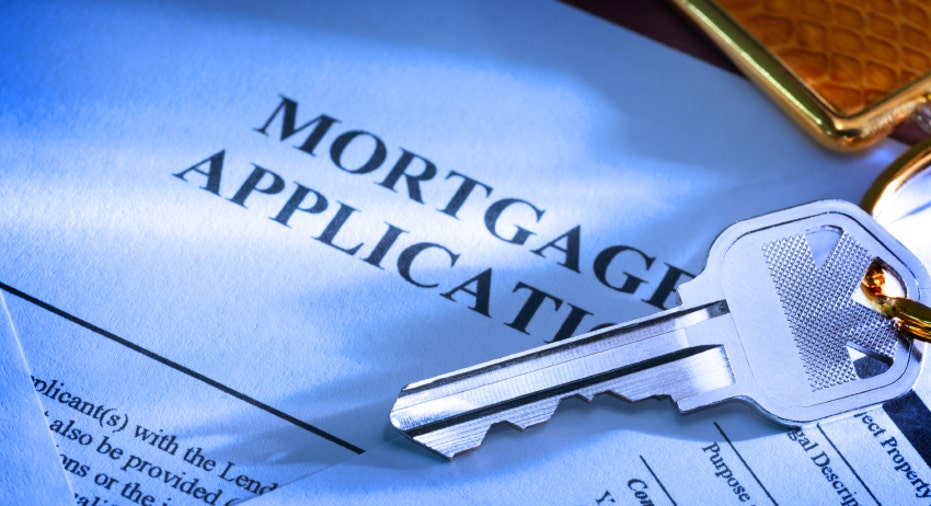Decision Points: Fixed-Rate vs. Adjustable-Rate Mortgages

When you’re in the market for a mortgage, the two main types you will encounter are fixed-rate and adjustable-rate. Your lender should walk you through the specifics of both, including the risks of adjustable-rate mortgages. Here are the pros and cons of a fixed-rate and adjustable-rate mortgage:
Fixed-Rate Pros
A fixed-rate mortgage has a set annual interest rate, typically for 15 or 30 years. This protects you from drastic increases in monthly payments. Ben Yonge of Equity First Realty says, “There are almost no risks associated with a fixed rate mortgage unless a borrower somehow gets locked into a rate that is substantially higher than marker rate. Even then, a borrower should be able to re-finance or sell their property if there is no pre-payment penalty.”
Budgeting for a fixed-rate is relatively simple since the total payment remains the same. The National Association of Realtors says fixed-rate mortgages are popular because house payments that do not fluctuate with interest rates and therefore are easier to understand. Additionally, fixed-rate mortgages are especially advantageous when rates are low. If you have a low tolerance for risk, this might be the best option for you.
Fixed-Rate Cons
When interest rates are high, it is difficult to qualify for a loan because of the more expensive payments. You also won’t benefit from a decrease in payment when interest rates decrease.
The major downside is that you could pay a higher rate relative to adjustable-rate mortgages and refinance before the adjustable rate payments go up — possibly losing hundreds of dollars per month. Sally Herigstad, a Certified Public Accountant, said that this false sense of security is “a great example of how the ‘safe’ decision in finances may not be so safe after all.”
Adjustable-Rate Pros
Adjustable-rate mortgages are far more complicated and involved than fixed-rate mortgages. The primary motivation for considering adjustable-rate mortgages is that you could wind up with a lower monthly payment if interest rates generally stay low.
The beginning rates will often be lower than the fixed-rate. This period can range anywhere from three to seven years and has been called a teaser rate, reports The Federal Reserve Board. Financial planner William Hammer said that this lower initial monthly payment can be “especially helpful for a young professional who expects their income to rise dramatically over the next 5 to 10 years.”
According to Dr. Tim Riddiough, professor of Real Estate at the University of Wisconsin-Madison, your anticipated own period for the house is a personal factor to consider when deciding between these types of mortgages. Shorter own periods suggest that adjustable-rate mortgages are preferable.
Adjustable-Rate Cons
When the interest rate goes up according to existent rates, it can very possibly go higher than fixed-rate payments. Albert Lu, the managing director and chief portfolio manager of WB Advisors, said “the present low-interest rate environment is a result of central bank policy, not natural economic conditions.” Since central bank policy can change suddenly, he continued, “It is quite likely that our present low-interest rate environment will be followed by one of unusually high rates.”
The U.S. Department of Housing and Urban Development reports that two types of caps—(1) annual and (2) life-of-the-loan— protect against large interest rate surges. Although these can prevent drastic up-swings, small increases, too, can accumulate quickly.
Ill-advised adjustable-rate mortgages are partially responsible for the real estate crash of 2008. , “People took ARMs not because they were a better financial decision overall, but because they couldn’t afford the higher payments on the fixed rate. If you can’t afford the fixed rate mortgage, you probably shouldn’t be buying. When the rates go up, you’ll lose your home,” Herigstad said.